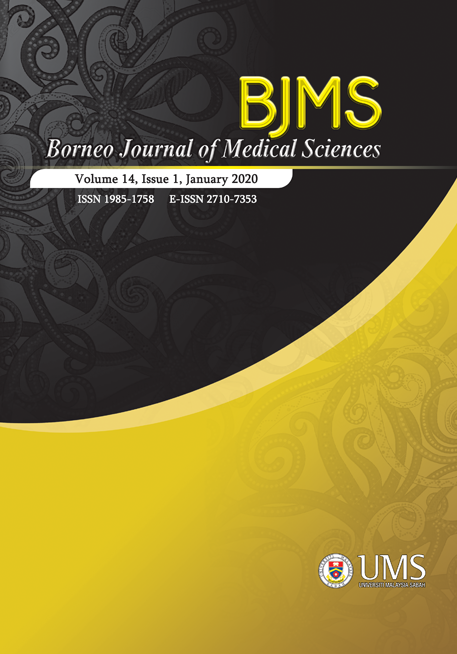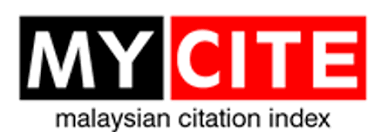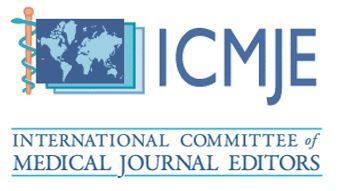A Systematic Literature Review on Technology-Enhanced Learning in Medical Education
DOI:
https://doi.org/10.51200/bjms.v14i1.1898Keywords:
blended learning, technology-enhanced learning,, medical education, hybrid learning, undergraduate medical studentsAbstract
This systematic review was aimed to evaluate the effectiveness of technology-enhanced learning (TEL) used in medical teaching for undergraduate medical students. The objectives are to (a) identify various teaching modalities which are used to enhance TEL; (b) evaluate whether TEL is more effective than traditional learning (TL) in cognitive and affective learning domain outcome. The empirical studies were searched in the following databases: Google Scholar, MEDLINE, ERIC, ProQuest, Cochrane Library and Scopus. All papers published from 2008 to 2018 were included. From eligible studies, the study design, study field, study population, intervention methods, type of assessment and learning achievement were abstracted and summarized the information. The search results were independently reviewed by two authors. From a pool of 1384 articles, 43 eligible articles were identified, enrolling 7292 undergraduate medical students examining comparative study between TEL and traditional learning. The results showed that there was a high degree of heterogeneity seen amongst the included studies in terms of TEL modalities used. The majority of intervention studies favoured online resources, while the rest used various offline multimedia electronic devices, virtual simulations and blended modes. Overall findings showed promising data that TEL is better than TL with regards to knowledge gain and skill acquisition, as well as providing higher student satisfaction. In all, the findings present blended learning in a positive and promising light in time, particularly where systematic reviews on technology-enhanced learning in the field of the undergraduate medical programme have produced mixed result.
Downloads
Published
How to Cite
Issue
Section
License
All articles are published under the Creative Commons Attribution-NonCommercial (CC BY-NC 4.0) license, enabling users to read, download, copy, distribute, and adapt the material for non-commercial purposes, provided proper credit is given to the original authors and the source. This model supports transparency, accessibility, and the global exchange of medical knowledge.








1.png)



